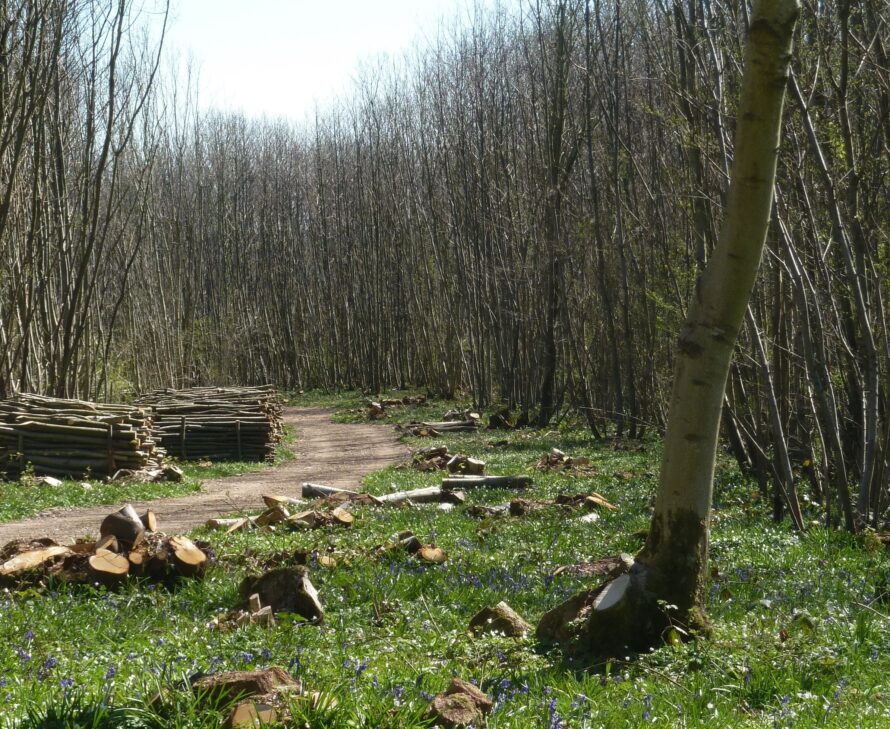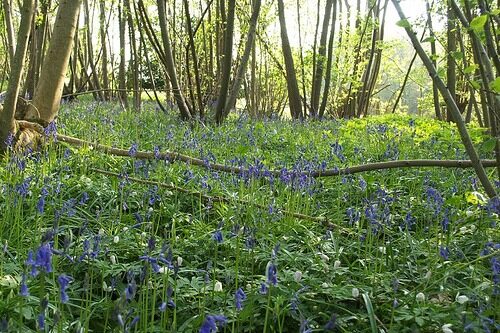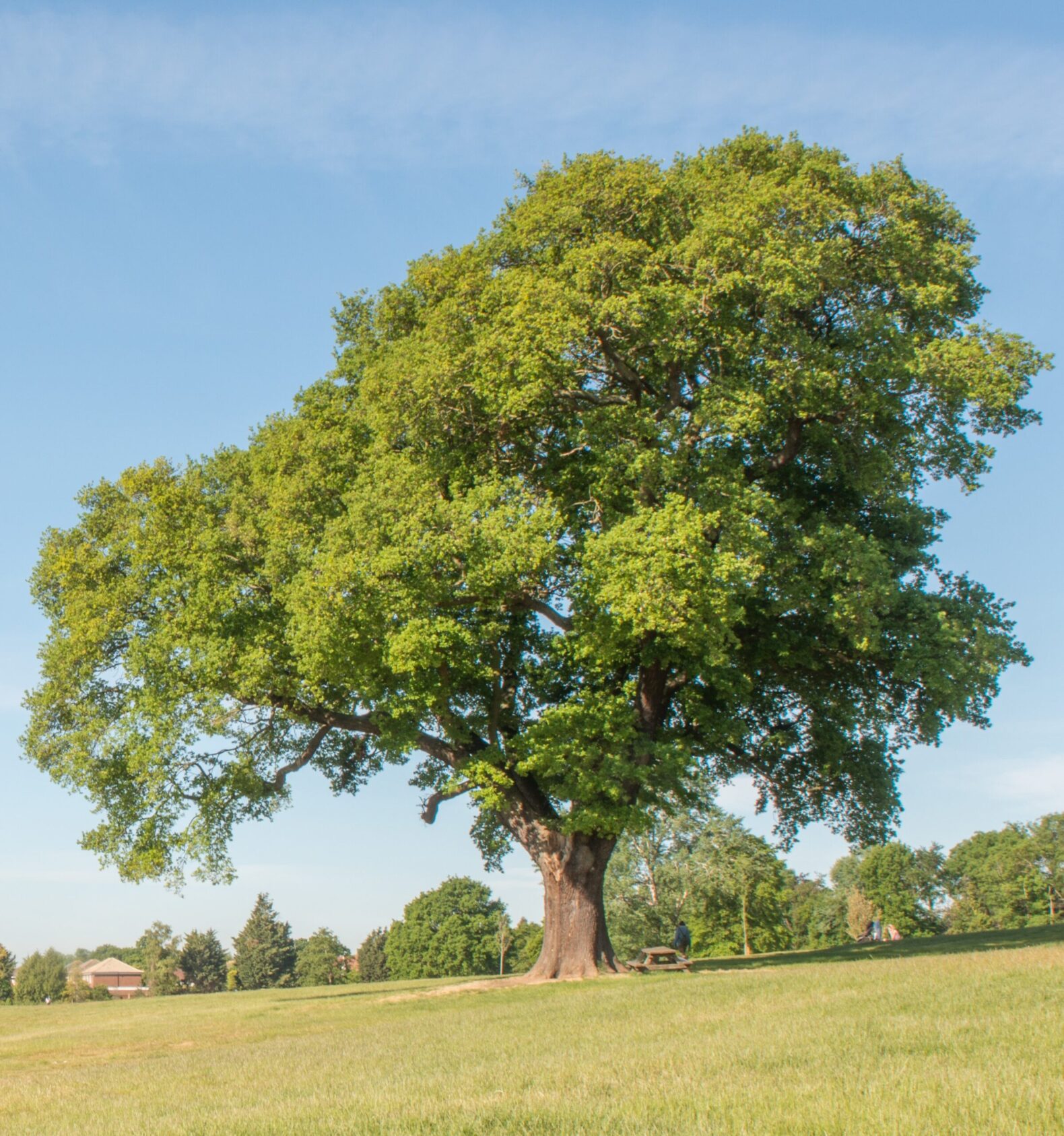Swift Response by idverde Teams Clears Trowbridge Road After Bin Lorry Fire
In a commendable effort, idverde teams played a crucial role in the cleanup operation
Grounds Maintenance, Landscape Creation, Arboriculture, Sports Surfacing, Parks management, IOS Managing Safely Training, Ecology & Biodiversity, Grass cutting, Horticulture, Street Cleaning, Soft Landscaping, Hard Landscaping
idverde provides a wide range of green services, including grounds maintenance, landscape creation, and advice services, to both private and public sectors across the UK.
As we celebrate National Tree Week to mark the start of tree-planting season, the irony for many of us in the land management sector is that it also represents the start of tree-cutting season.
As the nights draw in, leaves fall and wildlife activity declines, an increasing challenge for those of us involved in woodland management and tree felling is dealing with public reaction to what is often perceived as a crime against nature.
The United Nations Secretary General António Guterres has just declared the world is on a ‘highway to climate hell’ – strong words indeed and justifiably so. Decisive action is needed to combat the climate crisis and, as most people are aware, trees are an important battleground in the war on carbon. So many may ask why are we still cutting them down?
There are many reasons, some more easily justified than others and some requiring a degree of nuance or expertise to fully comprehend. But what I want to focus on is the apparent contradictory approach of managing trees and woodlands more broadly to combat the other great crisis our planet faces, that of biodiversity collapse.
Of course, the climate and biodiversity crises are clearly linked. Climate change is a key driver of biodiversity decline but biodiversity faces a broader range of threats: habitat loss, new infectious diseases, non-native invasive species, loss of natural processes within ecosystems, the list goes on.
So how does the hum of chainsaws in your local woodland contribute to this? Complaints are often based around the perception of tree loss and habitat destruction. When we are being told to plant more trees, it is counter-intuitive to view tree felling as anything other than environmental vandalism.
However, there are many good reasons why trees may be felled. Disease control is a key one, particularly as we try to mitigate the spread of ash dieback, but another reason is woodland management which can be a critical tool in species and habitat conservation.

The UK has been ecologically impoverished compared to mainland Europe for centuries. We have wiped out most large mammalian ecosystem engineers, such as the beaver, Eurasian lynx and wolf, but have left their woodland-munching prey with no natural population control in place.
Throughout the Industrial Revolution and, particularly since the Second World War, we have broken up our wild and wooded landscapes, creating patches of habitat rather than connected networks. When it comes to trees, that means we are often left with isolated islands of woodland which lack many of the natural ecological processes which should occur.
Traditionally these woodlands were important resources for timber, livestock foraging, human foraging and fuel. Sustainable timber extraction and management, via techniques such as coppicing and pollarding, allowed people to extract materials in a way which stimulated woodland regeneration. To bring this full circle, we now utilise these traditional techniques to manage trees and woodlands for the benefit of nature with the added benefit of creating a sustainable resource of timber.
Essentially, coppicing is felling larger trees or pruning smaller trees. This does not kill the tree, any more than pruning garden roses to the ground in winter kills the rose bush. It stimulates regeneration. However, regeneration in a tree is slower than in a garden rose. Well-managed coppicing’s effect is to create habitat diversity, which in turn leads to species diversity. It creates open, light, warm glades as well as edge habitats where species richness is at its highest within a woodland.
As the woodland regenerates, the previously coppiced sections represent a different age profile of tree and therefore a different habitat. Managing sections of woodland by creating a diverse age profile of tree creates further diversity.
But what of carbon? The bigger the tree, the more carbon it sequesters and the more carbon it has locked in its timber. Are we undermining the battle against carbon by managing woodlands for the benefit of their ecology? Rather predictably and unhelpfully, the answer is somewhere between yes and no.
By managing our trees and wooded areas positively we can create a sustainable resource of timber. This is important from a climate perspective, as around 50% of dry timber mass is carbon. Providing this timber is destined to make things rather than be burned, that carbon stays locked in the resulting kitchen table or beams in a new home and has a lower carbon footprint than production of alternative materials. This has the knock-on effect of strengthening local sustainable economies.
We cannot escape the fact that managing (felling) trees is likely to result in a reduction in sequestration and possibly a net increase in emissions in the short term, but the longer term benefits must be considered.
The benefits of diversifying woodland structure are not limited to creating niches for a wider range of species, as diversity creates resilience to climate change. Climate change acts as a driver of adaptation in species, while diverse assemblages of species and genetic diversity lead to more resilience to environmental pressures.
Diverse woodlands are more resilient to the effects of climate change, whether that be extreme weather or the emergence of novel pathogens. By managing woodlands well, we create more resilient woodlands in the long term. It also creates the opportunity to manipulate the species assemblage by planting species which may be more resilient to climate change, providing they are ecologically appropriate for the site.
So, by cutting down trees in a well thought out and planned manner we almost certainly reduce the sequestration of carbon on that site in the short term but increase the likelihood that the woodland will thrive for longer in the face of climate change. If the timber remains intact within the woodland or within a product, carbon stays locked in for longer and, with an increased lifespan, the woodland is able to sequester more carbon in the long term.

So where does that leave those of us working in habitat and land management? Our work is important in terms of ecology, human health and the battle against climate change. But there are areas where we need to be better. Our industry needs to communicate and educate more effectively so people understand the positive impact of such work, particularly when a short-term impact looks like an unsightly mess to those who view woodlands through the traditional perception of tidiness.
We also need to minimise our activities’ carbon footprint by investing in electric equipment, reducing use of large fossil fuel-hungry extraction equipment, minimising burning and utilising non-saleable woodland products positively, for example by creating dead hedges to protect regenerating trees from deer, footfall and dogs.
Perhaps most importantly we should all reflect on what trees and woodlands mean to people, understanding their concerns and differing perspectives. If we better understand that, we will be far better at contextualising woodland and tree management for them.


Biodiversity Development Manager and idverde’s leading expert on Ecology